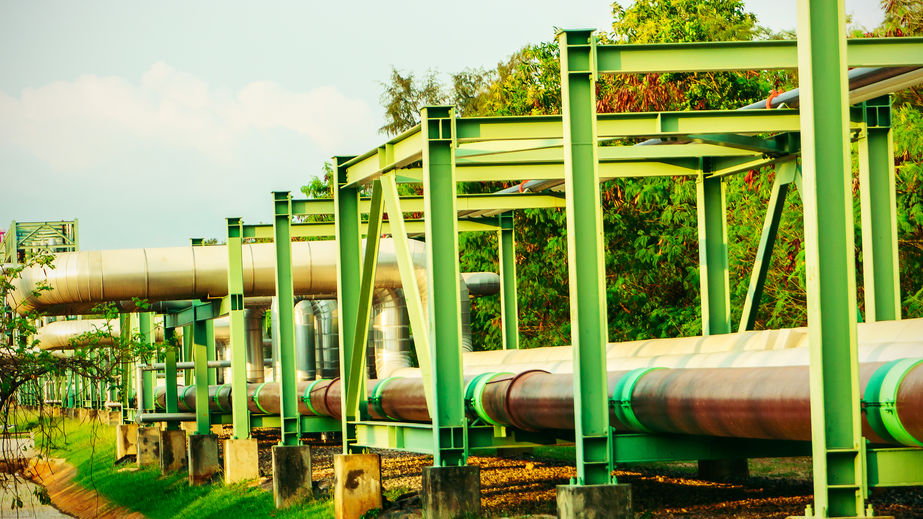One potential route to renewable crude has been published by the Pacific National Research Laboratory (PNNL) funded in part by the Department of Energy.
You can read the report “Conceptual Biorefinery Design and Research Targeted for 2022: Hydrothermal Liquefaction Processing of Wet Waste to Fuels” as published December 2017 by LJ Snowden-Swan, RT Hallen, Y Zhu, TR Hart, MD Bearden, J Liu, TE Seiple, KO Albrecht, SB Jones, SP Fox, AJ Schmidt, GD Maupin, JM Billing and DC Elliott here
The summary is reprinted below.
Summary
The Department of Energy Bioenergy Technologies Office (BETO) invests in research and development of new pathways for commercially viable conversion of biomass into drop-in ready transportation fuels, fuel blendstocks and products. The primary emphasis has been on terrestrial and algae feedstocks, but more recently BETO has begun to explore the potential of wet wastes for biofuel production, with focus on wastewater residuals, manure, food waste, and fats, oils and grease. A recent resource analysis estimates that 77 milliondry tons per year of these wastes are generated annually, 65% of which are underutilized for any beneficial purpose. Approximately 14 million dry tons of the total resource is wastewater residuals (sludge and biosolids) generated at the nation’s wastewater treatment plants (WWTPs). Conversion of this resource into transportation fuels could significantly contribute to the creation of a new domestic bioenergy and bioproduct industry, while providing an economically and environmentally sustainable alternative for current waste disposal practices. Hydrothermal liquefaction (HTL) is a process that uses hot, pressurized water in the condensed phase to convert biomass to a thermally stable oil product, also known as “biocrude”, which can then be thermo-catalytically upgraded to hydrocarbon fuel blendstocks. HTL is conceptually simple, has a high carbon efficiency, and can be applied to a wide range of wet feedstocks at similar processing conditions.The purpose of this report is to document the conceptual design, economics and supporting data for a sludge-to-fuel pathway via HTL and biocrude upgrading. The configuration includes a HTL plant that is co-located with a WWTPand a larger scale biocrude upgrading plant for production of hydrocarbon fuel blendstocks. Experimental data from bench scale testing of a 1:1 mixture of primary:secondary sludges are used to establish the economic and technical assumptions for the analysis. The design represents a goal case for the pathway, targeting performance that is anticipatedto be achievable by 2022 with further research and development.
The year 2022 is BETO’s target year for verification of hydrocarbon biofuel pathways. As this analysis represents a goal case, assumed values of several design parameters represent improvements in the technology relative to what has currently been demonstrated in the laboratory. WhileHTL is fairly well developed and may therefore be ready for commercialization prior to 2022, there are specific advancements addressed in this analysis that are necessary to enhance performance compared to what has been demonstrated to date. In addition, an important aspect to the pathway is the upgrading of biocrude to fuel blendstock, an area that has received much less attention and requires significant research to validate the goal case performance parameters. Summary economics for the sludge HTL plant and the biocrude upgrading plant are presented in Figures ES.1 and ES.2, respectively. The estimated plant gate minimum fuel selling pricefor fuel blendstock from sludge HTL and upgrading is $3.46/gasoline gallon equivalent. This price is within the tolerance (+$0.49/gge) of BETO’s $3/gge programmatic cost target and illustrates that fuel blendstocks generated from HTL of sludge and centralized biocrude upgrading have the potential to be competitive with fossil fuels. This analysis illustrates the feasibility of HTL for point-of-generation conversion of waste feedstock at a scale 1/20ththat of the standard lignocellulosic biorefinery scale typically used in BETO design cases. The relevance of this work reaches beyond wastewater treatment sludge to lay the groundwork for application to other distributed wet wastes and blends that together represent a significant resource of underutilized biomass
